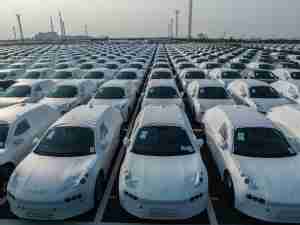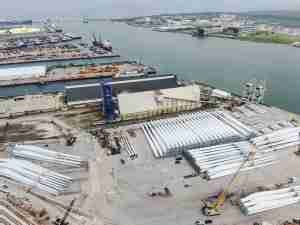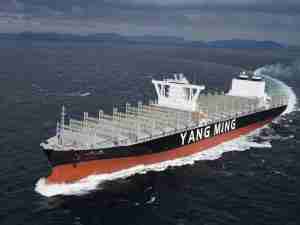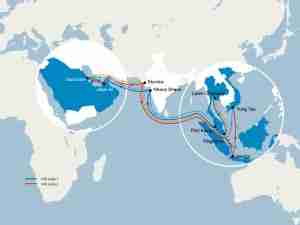At the inaugural GreenPort Congress America, held May 15 to 18 in Baltimore, Md., leading innovators in the port community shared insights on technologies to reduce emissions for communities near seaports. In a session spearheaded by Ezra Finkin, director of policy for the Diesel Technology Forum, discussion centered on the role the latest-generation diesel technologies play in delivering clean air to the world’s ports. Speakers included representatives from the Environmental Defense Fund, Volvo Group North America, Progress Rail, and Neste North America.

“Diesel engines play an integral role in ports, with countless trucks, trains, ships, cargo handling equipment, barges and marine workboats moving the world’s trade goods around the globe,” said Finkin. “The latest clean diesel technologies, featuring the latest innovations available, fundamentally reduce emissions and are a key strategy to meet sustainability goals established by ports around the world. When combined with advance biofuels, even further emission reductions are achievable. This is great news for the communities near the world’s ports, where often these emission reductions are most needed. And at the same time, port administrators and equipment operators can depend on the fuel efficiency, power, performance and reliability of diesel for every application they need.”
Ken Adler, Senior Contributing Scientist at the Environmental Defense Fund, discussed new research completed by EDF and the Diesel Technology Forum. According to the EDF/DTF research, replacing older engines that power a single tugboat with new clean diesel models can reduce 96,840 lbs. of oxides of nitrogen (NOx) and 2,64 6 lbs. of fine particles (PM) for $4,379 per ton of NOx eliminated. A clean diesel upgrade on a single switch locomotive can reduce 37,602 lbs. of NOx and 974 lbs. of PM for $15,201 per ton of NOx eliminated.
“The old engines in these locomotives and tugboats can last 50, 70, even 100 years and generate a substantial amount of emissions, while new engines have much less nitrogen oxide and particulate matter emissions, and their better fuel economy means much less carbon dioxide emissions,” said Adler. “Tugboat and locomotive owners do not have a financial incentive to replace these engines on their own. Without financial assistance, we will not see the fleet turn over in the near term. The $3 billion in the Volkswagen fund creates a tremendous opportunity to use the money cost-effectively for helping to protect the environment and reduce emissions.”
Dayne Delahoussaye, Director of Public Relations for Neste North America, spoke about his company’s work on the next generation of renewable diesel fuels and the carbon reduction and clean air benefits they offer.
“Renewable diesel fits well into port sustainability goals,” said Delahoussaye. “Because ports are so dense, and you often get emissions compacted in one place, as you get incremental cleaner burning emission in there, that’s going to provide those benefits that can really be realized. The other thing you’re looking at with renewable diesel – since it is diesel fuel – you don’t have a lot of logistical handling problems that you have with other alternative fuels out there.”
Two more of the industry’s leading companies also shared some of their latest work advancing diesel technologies for use in the world’s ports.
Parthav Desai, Simulations Principal Research Engineer for Volvo Group North America, gave details on Volvo’s latest advanced clean smart truck technology, which uses hybrid diesel-electric engines and geo-fencing capabilities; this combination promises to deliver further emission reductions, especially in close-work environments like port terminals.
Amar Chhajed, Director for Locomotive Repowers at Progress Rail, talked about his company’s work enhancing switching performance in ports while reducing emissions with use of Tier 4 compliant single engine locomotive equipped with CAT 3512C-HD engine and state of the art after-treatment system. In addition to more than 90 percent reductions in NOx and PM when compared to an equivalent unregulated locomotive, other benefits include better fuel economy and lower maintenance costs all while considering other environmental aspect such as reduced noise levels for nearby communities.








